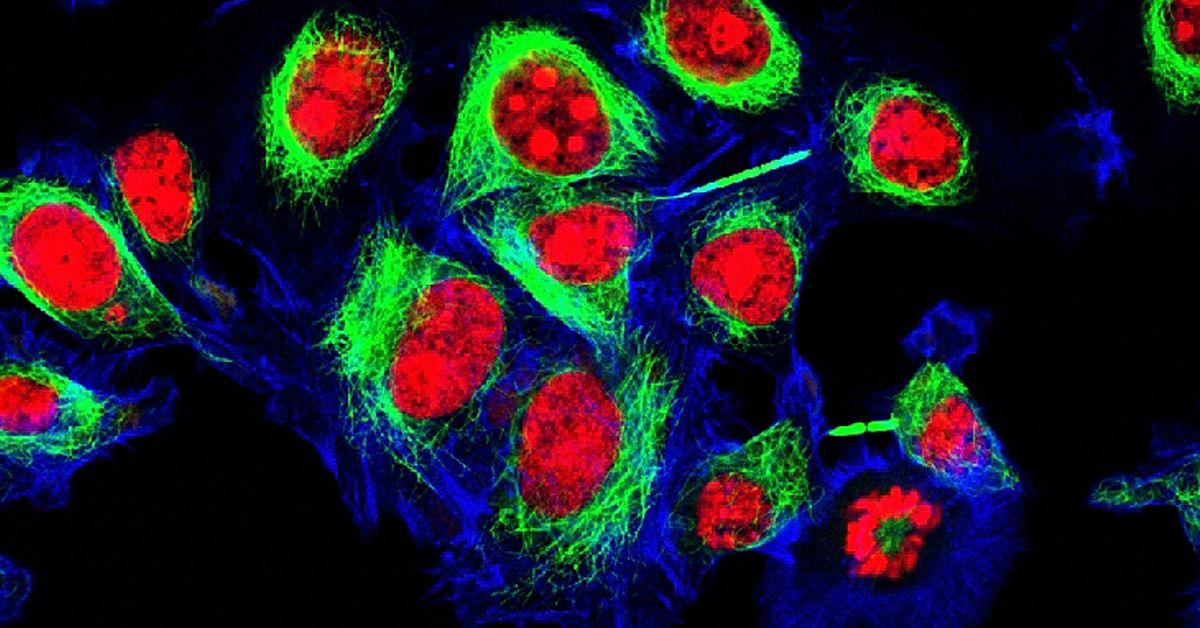The Small Data Problem in Scientific Research
Data sits at the center of modern scientific research and serves as the foundation of discovery and differentiation. However, many R&D organizations...
Software & AI
Scientific Software Development, Legacy Software Modernization, UI/UX,
Predictive Modeling, Custom Simulations, Web Applications,
Multimodal Knowledge Systems, API Development
Data Systems
Data Engineering, Process Engineering, Data Pipelining and Augmentation,
Workflow Automation and Redesign, Scientific Data Management Systems,
Data Capture Systems, High Volume Data Management, Database Design
Strategy & Design
R&D AI Transformation, R&D Digital Transformation, Strategic Roadmap Development,
Data System Design, Process Analysis
Infrastructure
Technical Upskilling for Scientists & Engineers, R&D Systems Integration,
R&D IT and Data Ops
Core Technologies
Machine Learning, Deep Learning, Baysian Optimization, Generative
Adversarial Networks, Graph Neural Networks
Advanced Modeling & Systems
Reasoning Models, Multi-Scale Modeling, Surrogate Modeling,
Simulation, Image Processing, Agentic AI Systems
Language & Generative AI
Natural Language Processing, Foundation Models, Generative AI,
Large Language Models
Discovery & Development
Property Prediction, Formulation Optimization, Structure Generation,
Materials Discovery, Materials Compatibility
Data Insights
Text Data Mining, Automated Data Analysis, Time Series Analysis,
Multimodal Search, Literature and Patent Search, Dashboards, Data Visualizations
Decision Support
Chatbots, Predictive Maintenance, Preventative Maintenance, AI
Recommendation Systems
Making Sense of Agentic AI | You can now watch this timely webinar on agentic AI in materials & chemistry R&D on-demand.

Mammalian cell culture is a fundamental tool for many discoveries, innovations, and products in the life sciences. Currently, cells are the smallest unit of sustainable life outside the body, thereby providing an essential platform for testing hypotheses and mimicking biological processes. The applications of cell culture, while not limitless, are plentiful. 
Every cell type, downstream application, and use case is somewhat unique. With each new application, a laboratory team must learn, sometimes laboriously, the characteristics of the cell type and redefine optimal growth conditions or purchase the rights of a proprietary method, if it exists. The protein-producing machinery of some cell types can be harnessed to generate large quantities of therapeutic proteins. The complex, diseased state of primary tumor cells might be used to evaluate the response to drug compounds and perhaps even find a unique biomarker “signature” to explain an overly positive or negative result. Some immortalized cells are stored for later use in a quality control assay. Other cell types may be used to quantify the genomic, transcriptomic, and proteomic in response to external stimuli.
During cell culture analysis, each time a visual inspection is performed under the microscope, observations, and judgments are made about the cell and culture as a whole.
Any of these visual observations can affect the cells and therefore the experiment. The uniqueness of each cell type and its associated experiment requires that the judgments be consistent and repeatable for optimal results.
 While a myriad of hardware exists to automate the physical manipulation processes, there is still a heavy reliance on manual visual observations in the traditional lab. Each scientist requires extensive hands-on training from experienced senior scientists working with that particular cell in order to make correct judgements and decisions. This reliance on senior expertise and manual methods creates bottlenecks and limitations to discovery.
While a myriad of hardware exists to automate the physical manipulation processes, there is still a heavy reliance on manual visual observations in the traditional lab. Each scientist requires extensive hands-on training from experienced senior scientists working with that particular cell in order to make correct judgements and decisions. This reliance on senior expertise and manual methods creates bottlenecks and limitations to discovery.
As we all know, time is market share in the highly competitive pharmaceutical industry, but most labs today still have a traditional, human-centric approach to research. For companies focused on one application, scientists work on a specific cell type and experiment day in and day out, developing expertise and intuition slowly over time. What about companies exploring multiple cell types, or R&D organizations looking to add a new capability? Senior scientists must first learn each new cell and process, then train their team members, creating additional strain on their own time while further compounding the slower pace of innovation.
With advanced technologies like artificial intelligence and machine learning, labs can now employ automated decision-making tools that can not only support cell culture analysis but streamline it as well. Instead of a largely manual, human-driven process, a purpose-built application allows the organization to evolve with their cells efficiently and effectively, and in a way that different methods can be easily applied across cell types.
In this modern environment, integrated AI and machine learning tools automate the lab and reduce the burden on researchers, material waste, and the subjectivity of the process. The process becomes much more scalable, exponentially extending the capabilities of the team.
Instead of a scientist learning and maintaining ten different cell types, each one of them being a little different from the last, that same scientist now has this machine learning tool acting as their eyes and ears. Instead of senior scientists spending weeks or even months training junior scientists on a specific cell type, trained models are available and usable by anyone in the laboratory, even the greenest scientists. And if an experienced scientist departs, taking years of knowledge and expertise with them, the established models ensure there is no impact on the quality and consistency of the established process. The same models can be used as a starting point for new cell types and studies.
Cell culture has the potential to support innovation in countless ways, and the application of AI to cell culture analysis offers meaningful change to the scientists, the lab, and the company. Imagine the possibilities if you strategically leveraged AI and machine learning beyond cell culture analysis and throughout your lab and your team.
Enthought has extensive experience in optimizing R&D labs with tailored digital solutions for science-driven companies of all sizes and stages, from Fortune 500 to startups.
Contact our team of experts today to see how we can address your challenges and advance your team’s work.
.png)
Data sits at the center of modern scientific research and serves as the foundation of discovery and differentiation. However, many R&D organizations...

This article was originally published on Forbes and can be foundhere.

This article references topics presented by Michael Connell, EdD during our recent webinar, Making Sense of Agentic AI: A Strategic Briefing for...